A biodynamically managed farm is seen as an organism, a living being. At the annual conference “The Earth as a Living Being” from February 5 to 8, 2025, farmers, gardeners, producers, and distributors will consider whether this concept of organism applies on a larger scale, beyond the farm boundaries, and whether the individual farm is therefore part of a greater, more comprehensive organism. It is the third step in a process of reflecting on and defining biodynamic work over several years. We speak with the two section leaders.
What does it mean to expand the idea of the agricultural organism?
Ueli Hurter If we understand every farm to be an organism, a living identity, it means understanding this place as a representative of the whole earth. The farm as an individuality reflects the great individuality, the Earth. This also applies to us human beings: the more I carry the wider world within me, the more I see myself as an individuality. The more I am a representative of all individualities, of being human, the more I am able to understand myself as myself. If we apply this to the farms, then the farm is the place where what the earth is, is realized: a living being.
At the annual conference, you will do this on three levels. What does that mean?
Eduardo Rincón Rudolf Steiner’s understanding of the Earth as a living being was groundbreaking, because it happened half a century before this idea emerged in science with James Lovelock in the 1960s. It is now important to learn to perceive the Earth in its vitality. In agriculture, we work with the living all the time and thus have the opportunity to actually experience the Earth as a living being through our daily work. We can achieve this if we also bring our thinking to life through anthroposophy.
What does it mean that space travel allowed us to see the Earth from the outside?
Rincón The sight of the blue marble in space was a turning point—the Earth was revealed in indescribable beauty. But let’s not forget: this was a view from the outside and, therefore, a reductionist view of material agriculture. We are talking about experiencing the Earth from within and learning from its life. In agriculture, everything is interrelated. Relationship is everything! As a farmer, as a gardener, you help the Earth to bring forth life. This involves all the influences that take effect from the periphery and in which a whole community of people is involved. James Lovelock talks about a web of life. This is how our own life increases, because by producing food that food that promotes living thinking, promotes communities, and promotes diversity on the farm, life is manifested on different levels.
Hurter I recently read Albrecht Schad’s book Vom Leben der Erde—eine Liebeserklärung an unseren Heimatplaneten.[From the life of the Earth—a declaration of love for our home planet.] It incorporates today’s interdisciplinary geosciences. He shows that the Earth has always striven for balance in its development—a key characteristic of life. He also considers the fact that the onset of photosynthesis, 3.8 billion years ago, led to the formation of rocks that then purified the water and air, creating an environment conducive to life. Life creates an environment suitable for life itself! As another example, photosynthesis produces oxygen, which binds to form ozone, O3. This ozone protects the earth’s surface from UV radiation, which, as seen on Mars, would split water into oxygen and hydrogen and dissipate the water. So again, life creates its own favorable surroundings. Thinking through geological and evolutionary history, biology, and oceanology, we grasp the Earth as a living being. This thinking, ignited by phenomenology, needs the big picture outlined by Rudolf Steiner in the Michael Letters. There, he answers the question of how the earth, the cosmos, and we human beings are connected.
In our language, the brown earth [soil] and the blue earth [planet] use the same word. What does that mean to you as a farmer?
Hurter It’s not about the view from Apollo but about the sensory experience of the fullness of life. As a farmer, you are right in the middle when you walk across the field or drive over it with the tractor. Perception, belief, and imagination mix, and in such sacred moments, you compensate for the many difficult situations in which you struggle with life. There is the beautiful story of Trygve Sund, a Norwegian colleague, an “original Christian,” I would say. He told me that the potato harvest was late that year. The Nordic winter was just around the corner, and he still had to plow. The earth was hard, and the tractor got stuck—it was a struggle, and he started to swear. Then he jumped off the tractor and said to himself: “Trygve, this cursing and swearing just won’t do! This Earth is the body of Christ!” This is where the spiritual dimension comes in, which we have from our collective cultural memory and which Rudolf Steiner renewed. The old Russians spoke of the “little earth.”
This brings us into the sphere of Rudolf Steiner’s Michael Letters, where he developed in thought and meditation what used to be religious feeling. To speak about this requires that someone from a Muslim or a Hindu culture also feels addressed. How do we, in Martin Buber’s language, come to a ”Thou” of the Earth? There are many cultures in Latin America that already live this way and rightly ask why they should adopt something from Europe. They still have skills and a sensitivity that we have lost. Someone told me that he had recommended biodynamic preparations to a group of indigenous people in Colombia. Then he visited them and asked how it went. They answered: “Don’t you see it?” This is an older experience that we want to take seriously. At the same time, we know that we are now entering a new consciousness together,
Are Rudolf Steiner’s seven life processes a key to this?
Hurter Our aim is to create a set of tools like the U-process from 14 years ago—a master key for the social and ecological life processes. Interestingly, in parallel to this, Coen van Houten has developed seven stages of a learning process.
What is your hope for the conference?
Rincón Life is no longer a given, we have to take care of it—on a small and large scale. We want to make ourselves capable of doing this.
Translation Laura Liska
Image Ueli Hurter and Eduardo Rincón



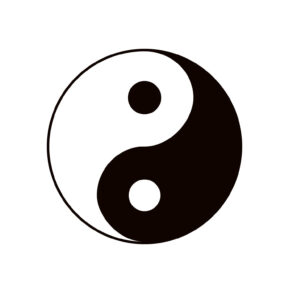
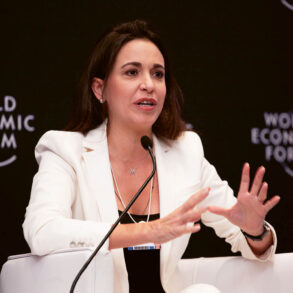
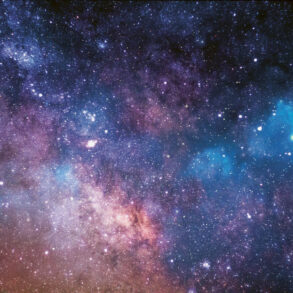
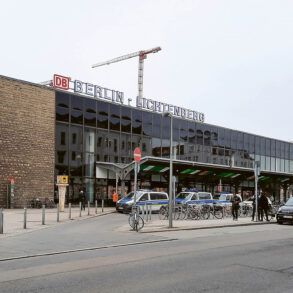
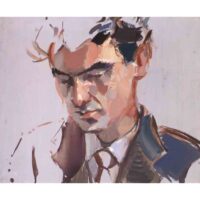
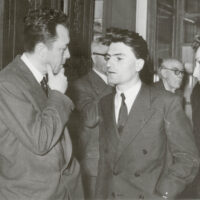

eventually what is required reappears .. our planet Earth as a living breathing organism .. just like all the species that have evolved over millennia .. and then humans .. who are BEINGS in the Making !!! only in the English language have those two terms (human + being) been concatenated .. yes the human species May attain BEINGing-ness .. but it also may NOT .. that next step has been passed to us through the cosmic appearance of the CHRIST being .. the example for all our species to attain .. may it become so .. but first the spiritual dimension will be re-discovered and revealed as was attempted by Sir James Lovelock and several of his predecessors. May it be so again!